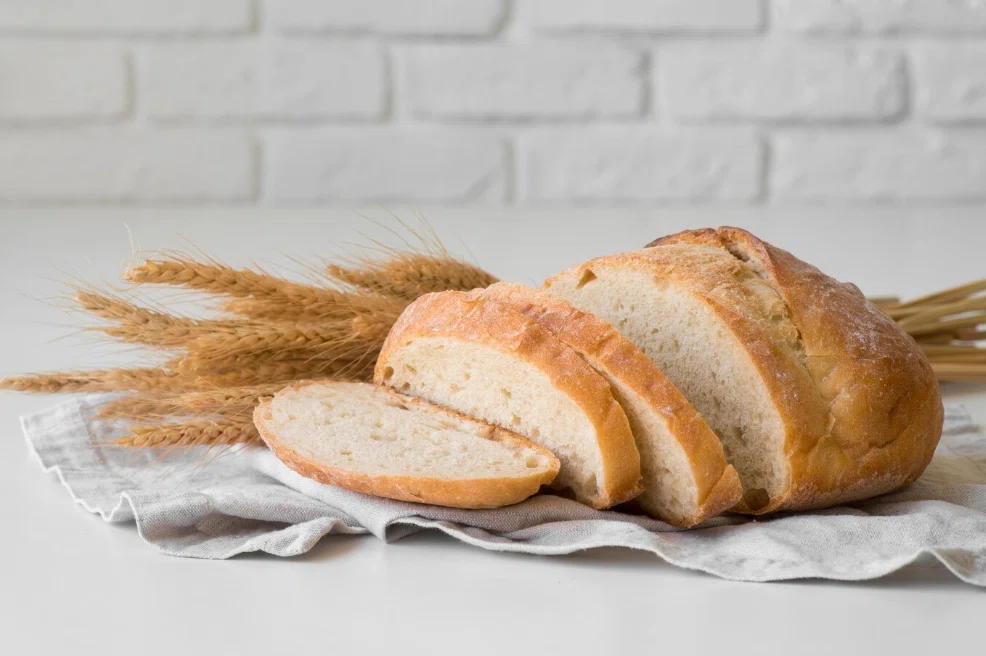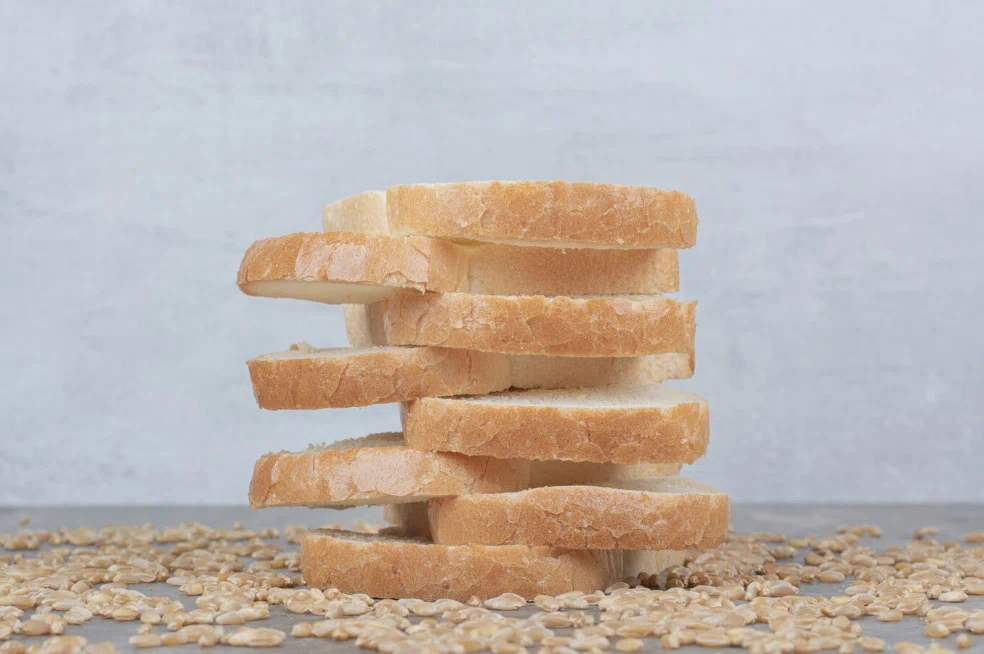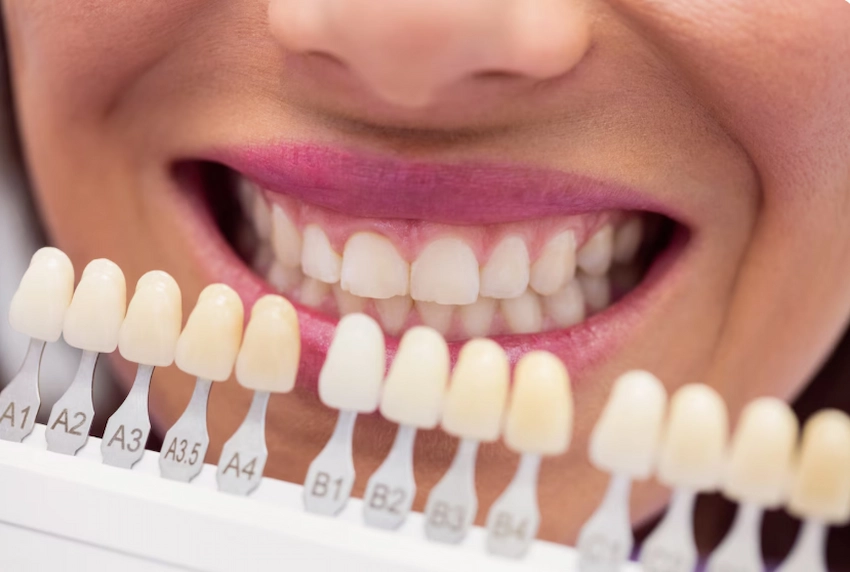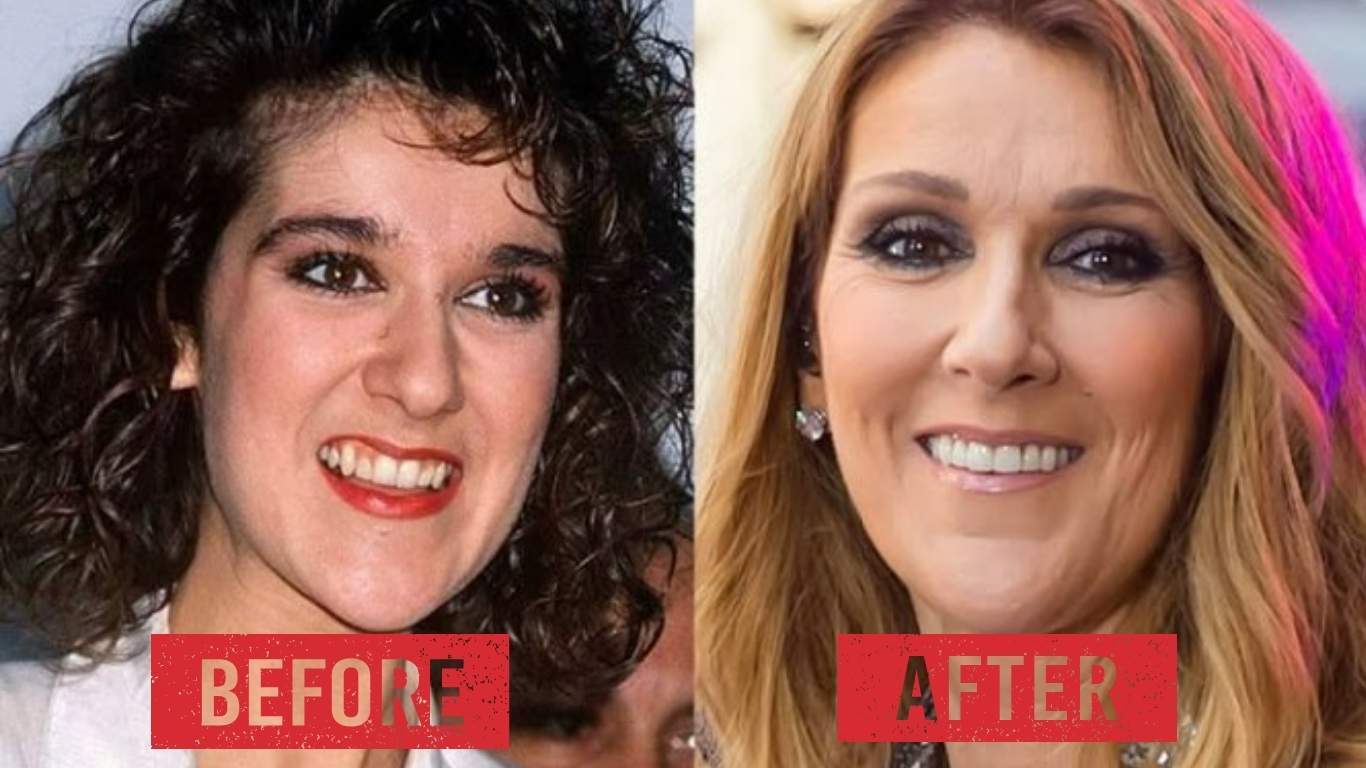🍞 How Acidic Is White Bread for Teeth?

Wheat flour does not generally have an acidic taste, but it is a carb that can be called a polysaccharide and which is broken down into sugar in the mouth. This sugar then turns into an acidic substance that is responsible for the corrosion of tooth enamel. This post will discuss why white bread is bad for the teeth, what makes it act this way when inside your mouth, and most importantly, what ways are there for us to continue enjoying white bread but in a healthy way.
🔬 What Happens When You Eat White Bread?
The first reaction of white bread consumption is in the mouth, where the starches get changed into glucose by the action of the saliva contains an enzyme called amylase, then the glucose passes to the oral cavity and it serves as food for the bacteria on the teeth, which then produce acid. And this acid is a proton form, which is the reason for the low pH in your mouth, that is the direct cause of the enamel harm.
Therefore, white bread, in itself, doesn’t start out in an acidic state, yet through its chewing, it exposes one to the acidic environment. Furthermore, since eating it with its pure sugar quality remains, it can stick to the teeth and fissures, thus promoting bacteria and acid destruction.
🦷 How White Bread Affects Your Teeth

- Acid Formation – White bread leads to the formation of plaque on teeth using sugar.
- Cavity Risk – The presence of sticky materials in the diet will promote tooth cavities by providing the bacteria with a great place and abundant food to multiply and create acid to slowly dissolve the tooth enamel.
- Enamel Wear – Continuous exposure of the enamel to acidic substances that come into existence through the digestion process of white bread will leave the enamel more receptive to decay and cause it to wear off with every subsequent consumption.
- Gum Inflammation – Besides the oral cavities, the particles that are stored between the teeth can also cause discomfort to the gums, with the presence of plaque between the crevices of the teeth facilitating the process of irritation and hence the formation of tartar.
Is Whole Grain Bread Healthier?
It is true: whole grain or sprouted breads are higher in fiber, have a small glycemic index, and slowly decompose, which leads to less sugar production and a more stable pH level in the mouth. Such products are usually very healthy for the teeth, especially when consumed with protein- or calcium-rich food.
✅ What Steps Should I Take to Avoid Damaging My Teeth by Eating White Bread?
- It goes well with protein (cheese, eggs, or hummus) so that the latter’s glycemic effect is lower.
- Drink water while or after eating to aid in removing sugar and food residues from the mouth.
- Choose spreads with no sugar or artificial sweeteners (e.g., jam or Nutella) to avoid sugar that might add to the weight of the previous sugar intake. The spread should be out of the question.
- Try not to brush your teeth too soon after eating (the best time is at least 30 minutes after a meal) to give your softer enamel a chance to recover.
- Opt for whole-grain bread instead of white bread for a better overall dental outcome when possible.
Last Words from Lema Dental Clinic
White bread is among the top few foods people consume the most, potentially leaving damage undetected to oral health. Fully grasping its conversion into sugars that attack your enamel lets you become more conscious of which food types to go for. By being watchful about what you eat with the bread, and cleaning after, you can still partake of this food without jeopardizing your oral health in jeopardy.
💡 Feel free to browse more dental-friendly food resources, such as our pH guide, or contact Lema Dental Clinic for expert advice!




